Posts
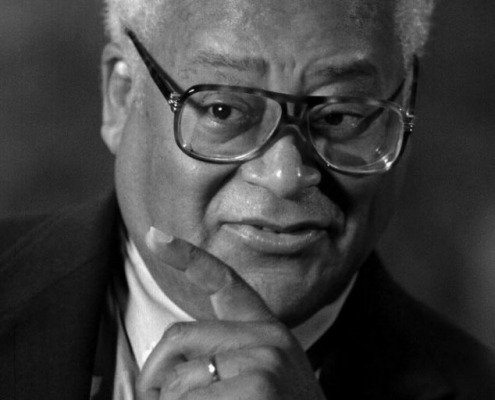
Celebrating Reverend Lawson’s Enduring Contributions at UCLA
By Kent Wong Director, UCLA Labor Center Rev. James…
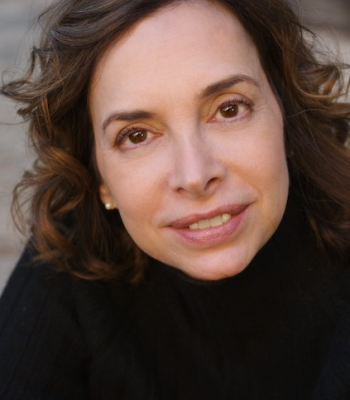
A Case for Teaching Critical Media Literacy
By Rhonda Hammer, Lecturer, UCLA Department of Gender Studies We…
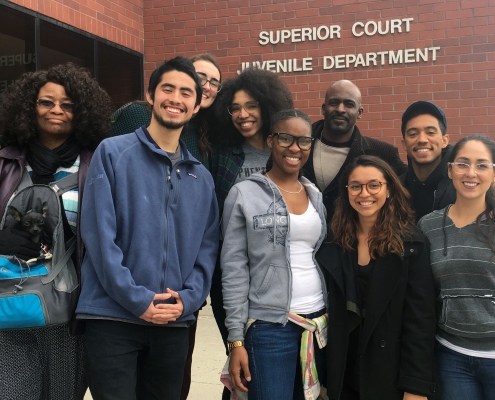
When They Call You a Criminal
By Rosie Rios, Administrative Director, UCLA Prison Education…
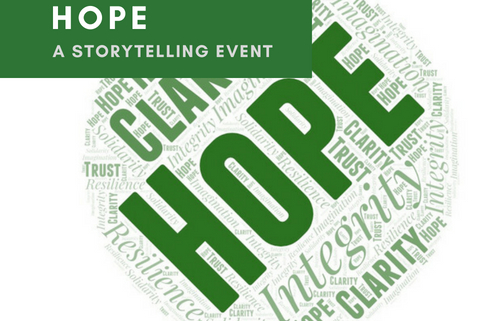
Storytelling For Self and Community Healing – UCLA Event Tomorrow 9/27
A Conversation with Dr. Beth Ribet, Co-Director and Co-Founder…
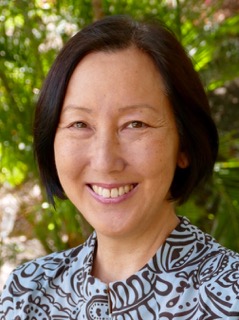
LA Social Science Presents “Conversations with Changemakers” Featuring Dr. Karen Umemoto
Dr. Karen Umemoto is a professor in the Department of Asian…
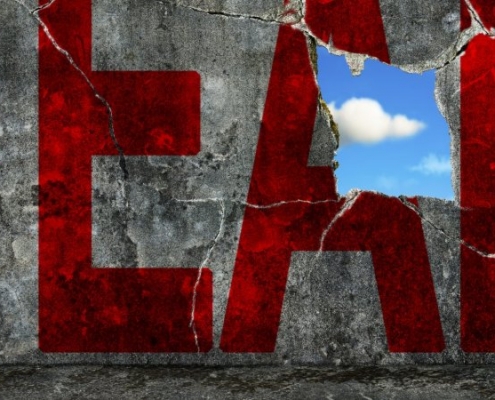
Fear Is a Party Animal
By Sarah Gavish, UCLA Master of Social Science ‘18 In…
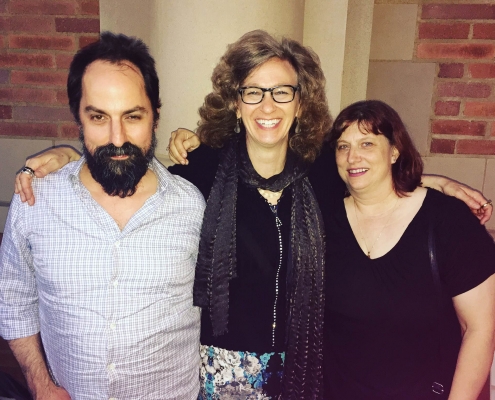
UCLA Faculty and Alumni Discuss the Past and Present Politicization of the US Census
Comparative historical sociologists, Professors Dylan Riley…
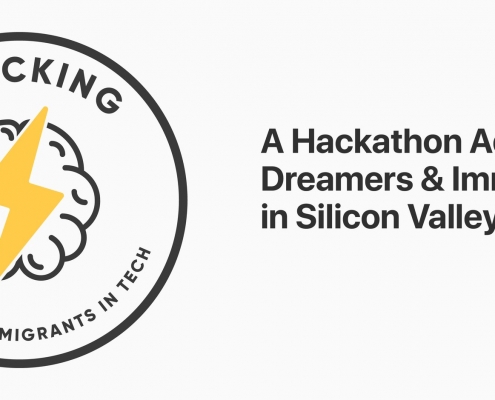
UCLA Dream Resource Center Sponsors Hackathon
By Kent Wong Director, UCLA Labor Center The UCLA Labor…
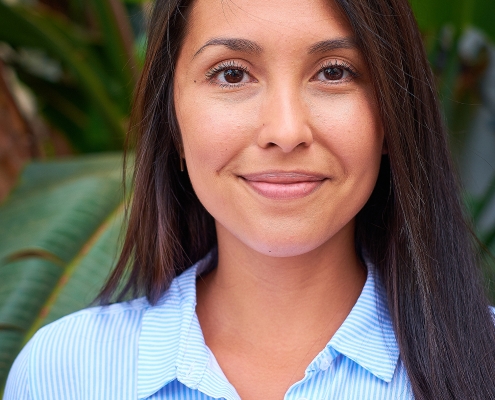
Word of Mouth: What an LA Auditory-Verbal Preschool Classroom Is Teaching Me About Spoken Language Development
By Kristella Montiegel PhD Student, Sociology, UCLA It’s…

Undocumented Stories Exhibit Visits Museum of Latin American Art
By George Chacon Dream Resource Center Project Manager,…

